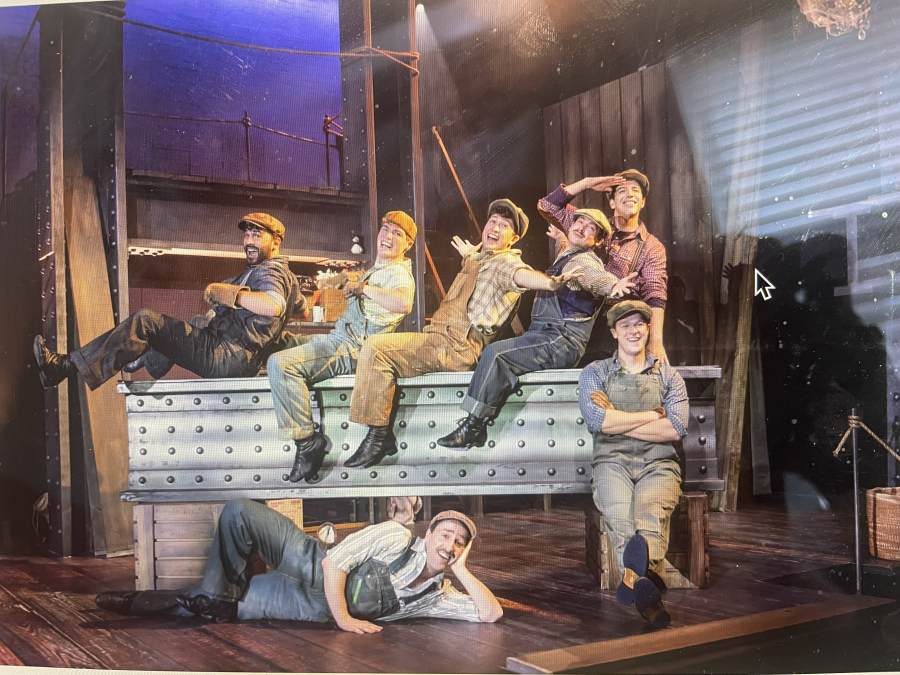

What can the audience learn from the new production “Empire: The Musical" directed by Cady Huffman?
The building was originally supposed to be named after former governor Alfred E. Smith. The then-tallest building was completed in only 410 days and opened on May 1, 1931. Six workers were killed during the construction of the building. The construction workers included men of all ethnicities, among them the Mohawk SkyWalkers, members of the Mohawk tribe.
After watching the overly-long musical presented at the New World Stages, I found myself looking up facts about the building, curious to see how many of the characters were real. Al Smith’s assistant, “Frances Belle “Wally” Wolodsky (capably portrayed by Kaitlyn Davidson) is in charge. It was unusual for a woman at that time. She coaches Smith when things look impossible and handles much of the construction side of the building. She also has a flirtation with Charles Kinney (Albert Guerzon,) the leading architect for the project. Unfortunately neither Wally nor Kinney existed and were invented for the play and one wonders why they were created at all.
Although the off-Broadway stage is small, the show has the feel of a larger Broadway production. The major issue is that there are too many stories going on and rather than adding substance and depth, they distract. The play begins in 1976 with Sylvie Lee (played by the understudy Julia Louise Hosack) going through a box of pictures and memorabilia. The show flashes back to 1929 to the building of Empire State where both of her parents worked in construction. Lee’s own daughter wants to follow in her grandparents’ footsteps, and Sylvie can’t understand this, saying “Lorayne, your grandfather, my father, died on that stupid building.” She tells us early so there is no drama when he falls from the building to his death.
How to make a show about building a building? Tell the stories of the people involved. However, the playwrights Caroline Sherman and Robert Hull are overly ambitious. There are too many stories which might have worked if each character had less to do and fewer songs. The Mohawk songs, particularly the one for Lee's father’s funeral, felt interminable.
The music by Sherman and Hull is pleasant but hardly memorable. The cast is hardworking but the script and music feels amateurish. The cast of workers has its moments and almost every New York City ethnicity is represented, including Italians, Irish, Mohawk Indian and Polish. Unfortunately some of the characterizations felt like stereotypes with too many stories getting lost in the effort to entertain.
The final song “Empire” is meant to be rousing and inspirational. (“This’ll be our empire, this’ll be our destiny, our destiny/…For today is the day and this dream belongs to us.”) Maybe these lyrics will work for some easy-to-please tourists but I’m not sure they will work for the rest of us.
New World Stages
340 W. 50th St.
New York, NY